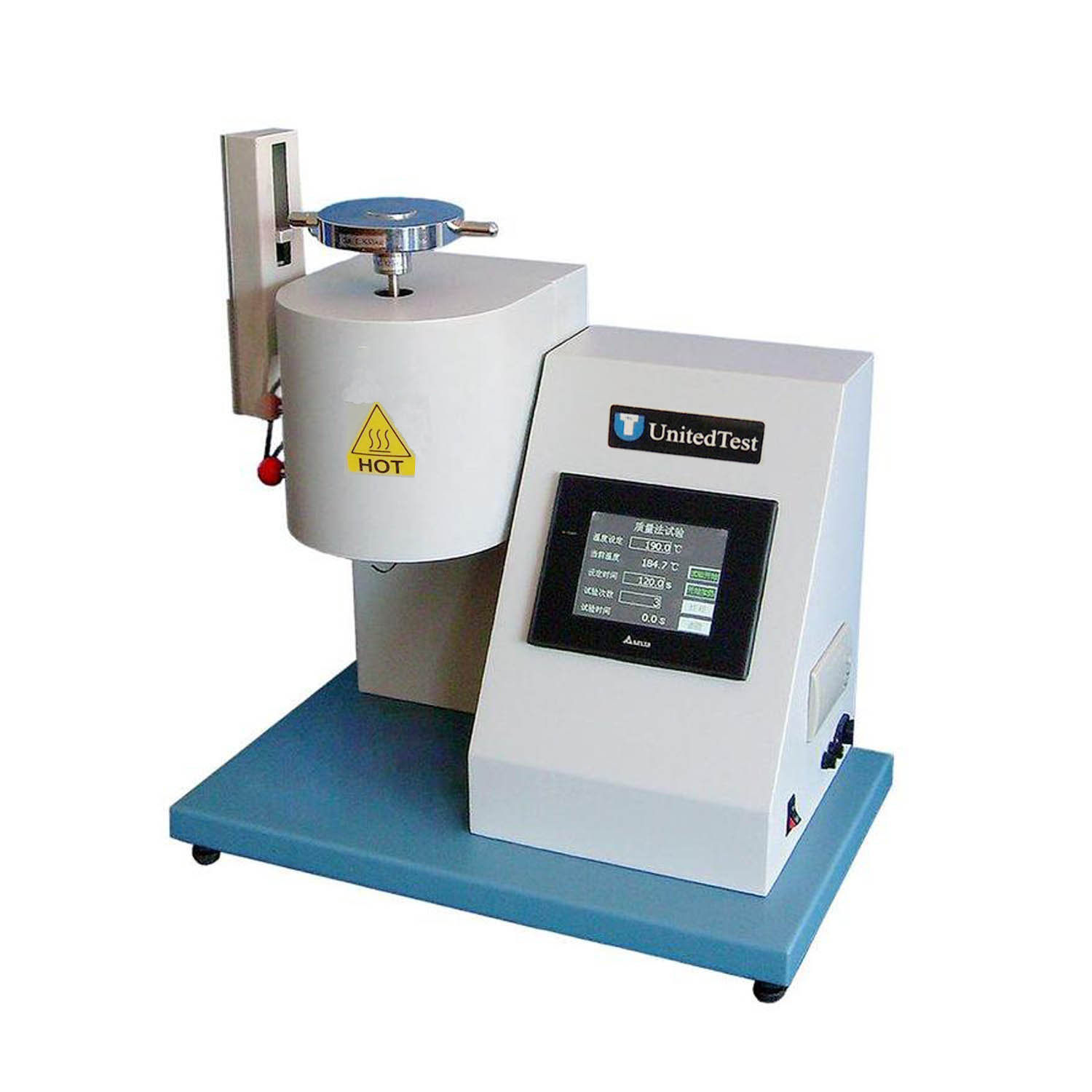IEC 60811-4-1 Insulating and sheathing materials of electric and optical cables - Common test methods - Part 4-1: Methods specific to polyethylene and polypropylene compounds - Resistance to environmental stress cracking - Measurement of the melt flow index - Carbon black and/or mineral filler content measurement in polyethylene by direct combustion - Measurement of carbon black content by thermogravimetric analysis (TGA) - Assessment of carbon black dispersion in polyethylene using a microscope
Specifies the test methods to be used for testing polymeric insulating and sheathing materials of electric and optical fibre cables for power distribution and telecommunications, including cables used on ships and in offshore applications. These test methods apply specifically to PE and PP compounds, including cellular compounds and foam skin for insulation.
The principal changes with respect to the previous edition are listed below:
a) the wrapping test after thermal ageing in air is deleted from this part of IEC 60811. It is now given only in IEC 60811-4-2;
b) a thermogravimetric method is added for determination of carbon black content;
c) a method is introduced for assessment of carbon black dispersion.

UnitedTest supply, the below testing machine:
Environmental Stress Cracking Resistance Test: This is to evaluate the ability of polyethylene and polypropylene mixtures to resist stress cracking under specific environmental conditions
Melt Flow Index test: It is used to measure the flow properties of a material and reflect its fluidity at high temperatures
Direct combustion method: used to measure the content of carbon black and/or mineral fillers in polyethylene, this method enables a more accurate assessment of material composition
Thermogravimetric Analysis (TGA): Used to measure the carbon black content in polyethylene, providing more accurate data
Carbon black dispersion testing machine: Used to assess the dispersion of carbon black in polyethylene, providing a visual view of the internal structural features of the material

 Global links
Global links



